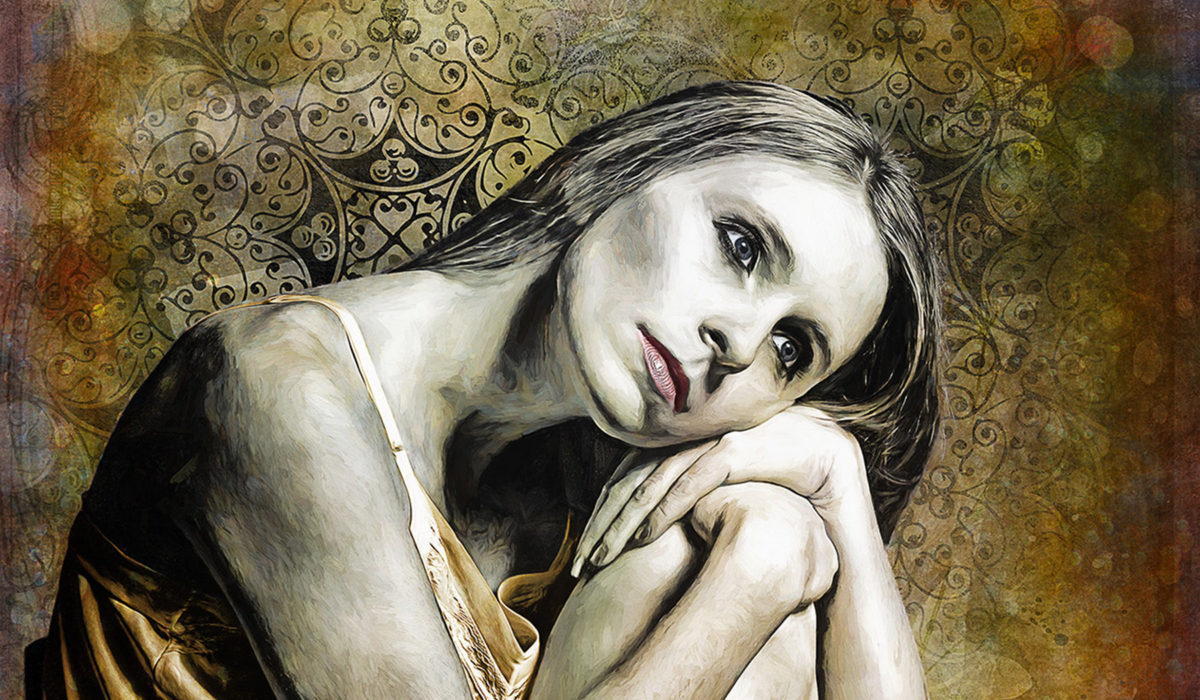— The featured artist of the 71st issue of Living the Photo Artistic Life magazine is Canadian AWAKE artist Dan Lavery. It’s great to be able to interview Dan here on Quill and Camera . . .
What got you started in digital photo artistry?
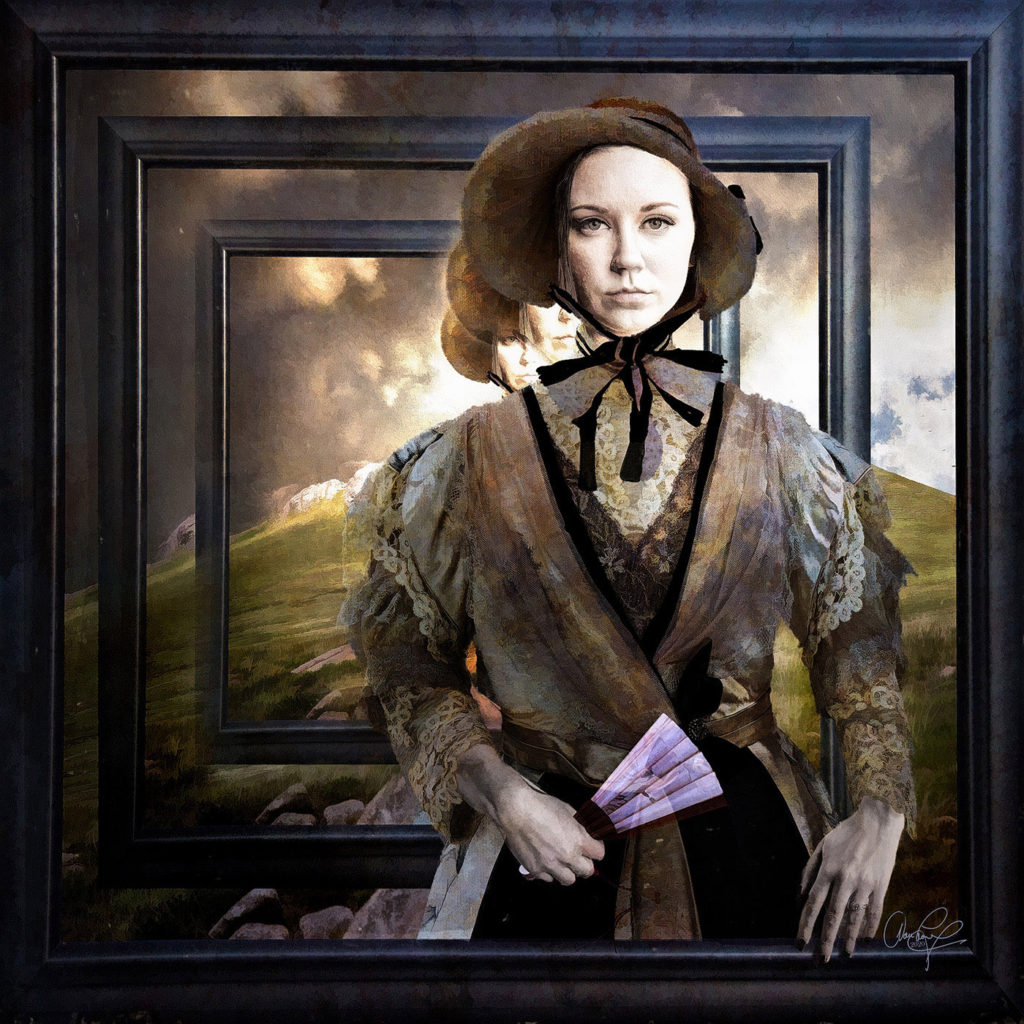
I have been in love with photography since my teenage years. And I eventually came to belong to the London Camera Club [Ontario]. I also loved to paint. And I even earned a living as a potter before immigrating to Canada.
But around 2013 a conversation with a colleague centered on improving our photographic skills beyond basic processing, and that led to an internet search . . .
While my focus was elsewhere initially, I stumbled upon the ‘Photoshop Artistry’ course. What I read certainly piqued my interest and quickly cemented the direction I saw my photography moving.
What inspires your work?
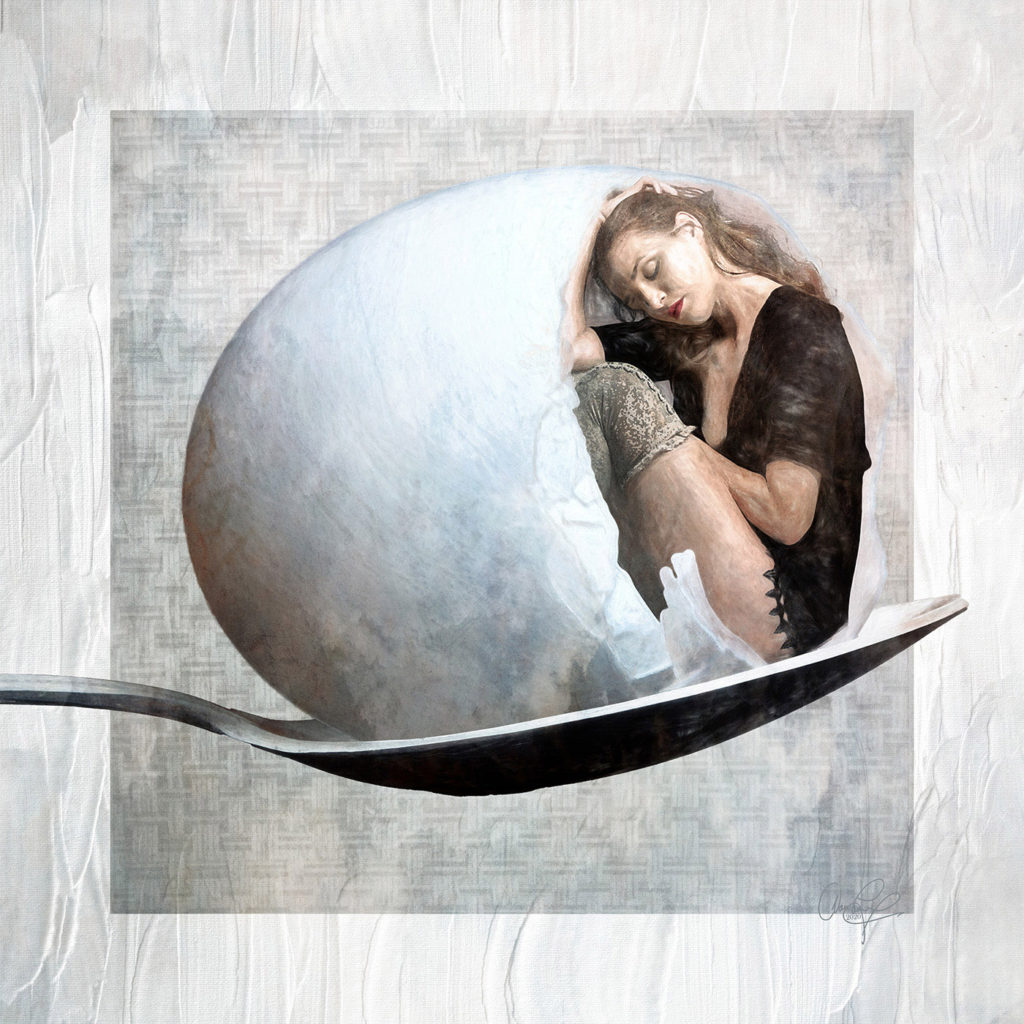
Truly, I believe it was that serendipitous moment when I realized what lay within the Photoshop Artistry program. Let’s be honest here, I knew nothing about Photoshop. It was daunting, frustrating, and frightening even. You have no idea how illuminating, motivational and anxiety free it is to see a concept come to life on one’s computer screen. Sebastian’s resources, philosophy, and ‘how to’ videos gave me the confidence and support I needed to give substance to my own ideas and where I wanted to go.
That affinity to the process only multiplied tenfold when I enrolled in AWAKE and the KAIZEN Group. How could I not be inspired when Sebastian introduced us to these incredible artists and then unlocked the secrets to the wonderful images they produced? For the past six years I have looked forward to the 15th of each month, just to enjoy my coffee in the company of the photo artists who grace the pages of Living The Photo Artistic Life magazine. The creativity evident there never fails to energize and provide impetus to get to work.
What does living a photo artistic life mean to you?
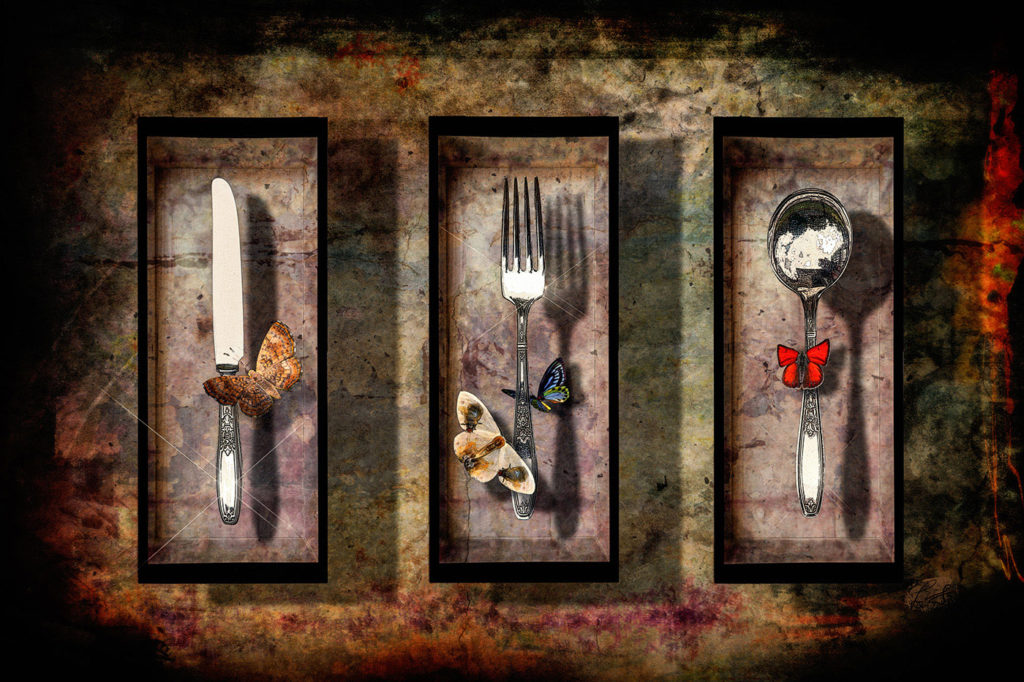
Purpose, Fulfillment, Joy! I must recognize just how fortunate my life is at this moment. Being retired, I no longer have the worries or stress that comes with the world of work. Mind you, I loved my job; I retired as an elementary school principal eight years ago. Not long into my retirement the path before me pointed to a world that demanded some creative endeavor. Upon reflection, I can’t believe just how strong that urge was.
On some level one might conclude that I’ve taken on a very selfish approach to what remains of my life, devoting so much of my time to creating art. And yes, I suppose there is certainly an element of truth to that. I am very purposeful and try to spend a good portion of every day creating some image or another. But I am also very good at recognizing my art has its place. Nothing comes before my family. I am blessed to share my life with my wonderful and very tolerant wife Pat, my children, and fabulous grandkids. Their encouragement and support enable me to continue doing what I do.
Ultimately, what does all this mean? I’ve made the decision to be an artist and to live an artistic life. It has given me the ability to be supremely happy, even when ideas are slow to develop, or my muse is off on vacation somewhere. I know I am very, very lucky.
How do you approach your work? Any particular process you follow?
I guess I tend to be all over the place when it comes to process. I still view myself as not particularly accomplished yet! I believe I have much to learn even though my Photoshop skills are moderately good.
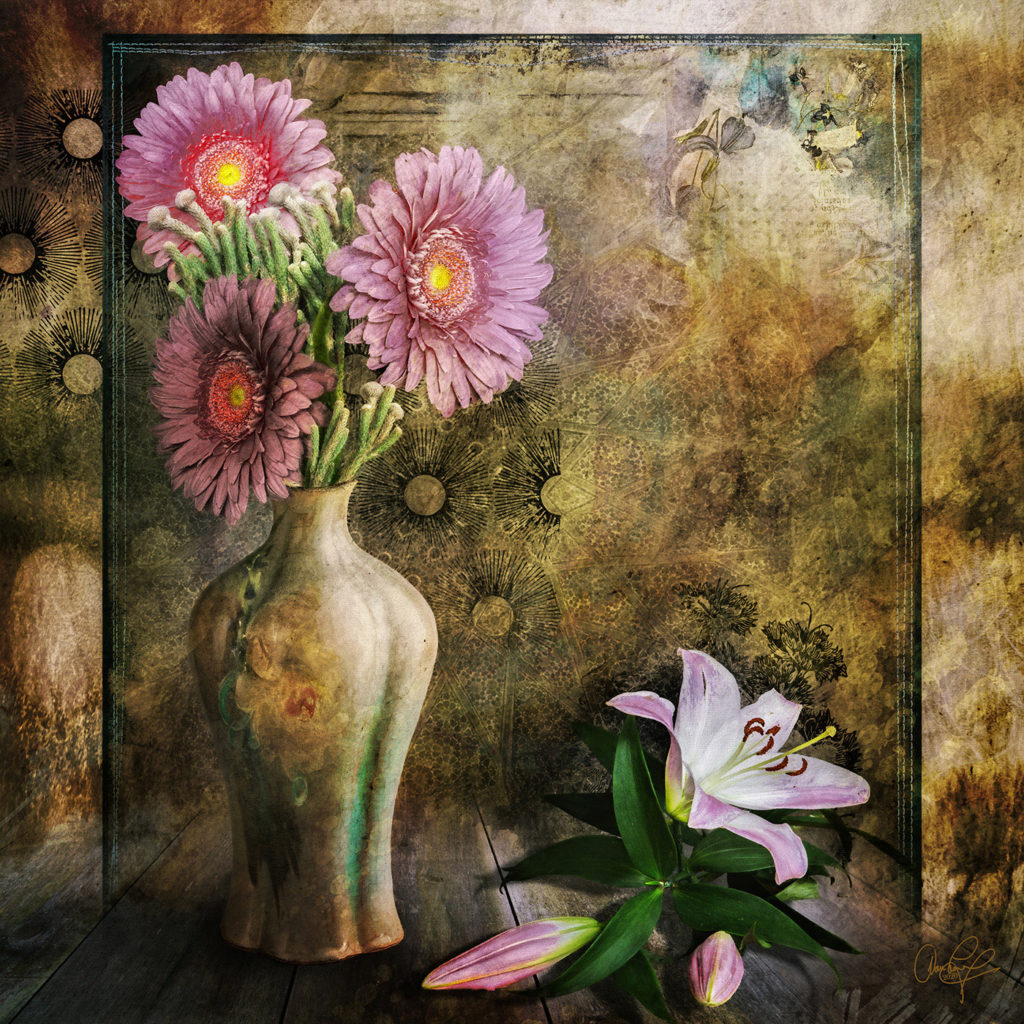
I do have patterns of work that I fall into, like the frequent use of favorite filters or textures. Someone else will have to identify if I have a particular style; I don’t believe I do.
I am really interested in finding better or more refined ways of giving a particular look to an image. I love to experiment, finding the right combination of Adjustment Layers, blend modes, and opacity, which never fails to satisfy.
I love the training Sebastian provides every month. I always attempt an image that is similar to that demonstrated, and if I come away with some little nugget of technique or process, I will be delighted to employ it in my own images. I will include this new learning along with other familiar techniques for the next ten or twelve images or until it becomes ingrained. By then I’m ready to move on and try something else.
Rarely do I begin with a finished image in mind. Nine times out of ten it is some nebulous idea that develops over time. Alternately, I might say, “Okay, it’s portraits this week,” whereupon, each successive image will be influenced by what comes before.
Whenever I get stuck, I create a background, sometimes several layers deep, and then apply an extracted image from my library. Something always happens at that point . . . sometimes good, sometimes not so good . . . but never an empty canvas!
What do you see as your next step as an artist?
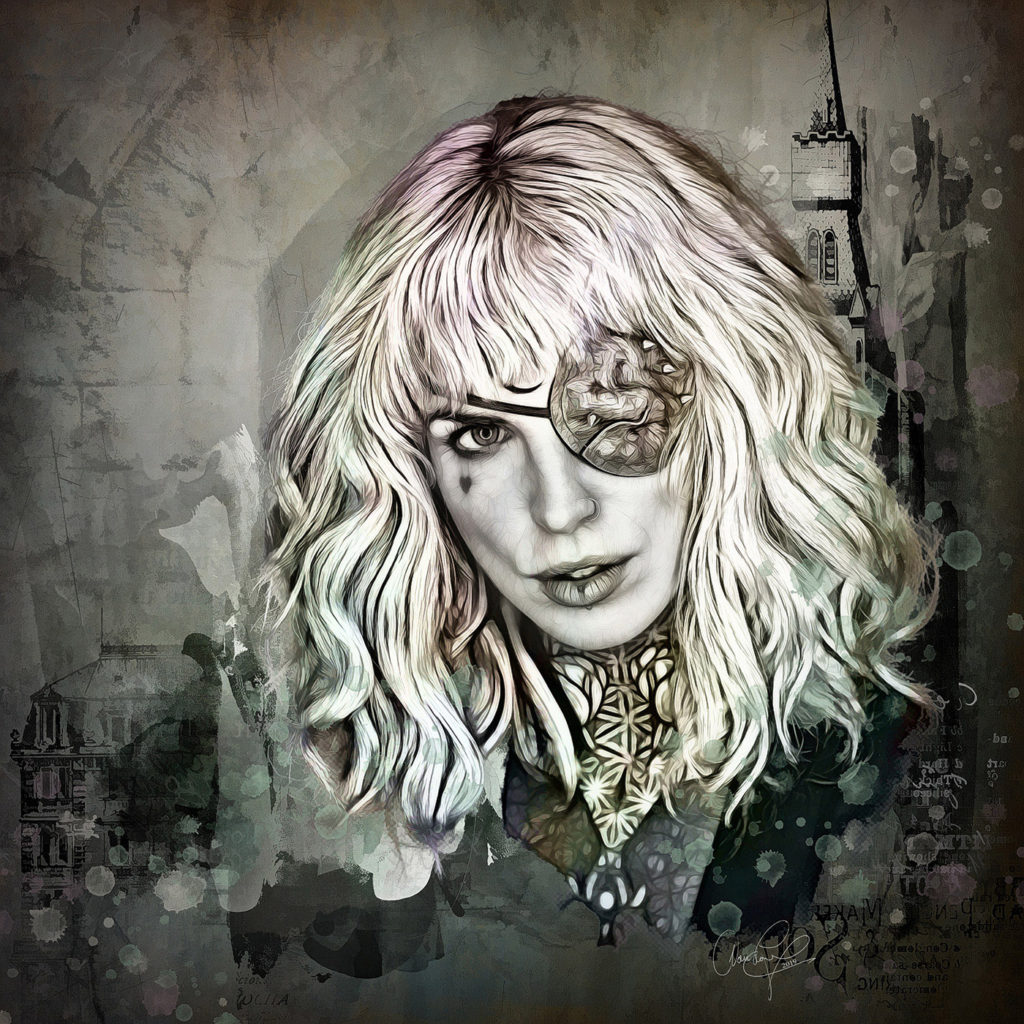
I really do need to get serious about finishing that darn website! Will it be just a gallery, or do I include some mechanism to sell my work? Truthfully, selling my work hasn’t been a priority; nice when it has happened but no biggie when it doesn’t.
More important to me is the need to continually learn. And to practice, practice, practice. I wish I could look forward to another twenty years to develop. I’ve no worries as to the direction that takes, only that my work moves forward.
At some point I can see arranging an exhibition. Might need someone’s critical eye to help make that happen. Perhaps after the world gets back to normal.
Any advice for aspiring digital artists?
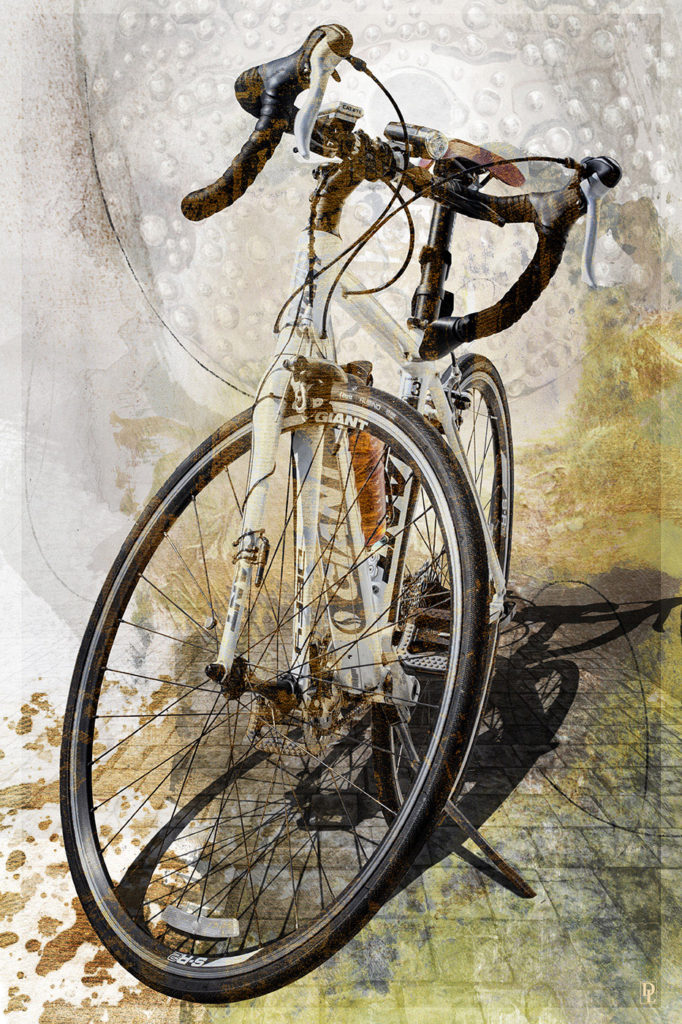
This is easy! Jump into the Photoshop Artistry course and then AWAKE! It is there you can practice and give of your time in pursuit of a creative, artistic life.
Then, there’s YOU! What sort of attitude and commitment do you bring to your creative work? Are you fully prepared to embrace the path you have chosen?
Are you determined to become a digital artist? If so, take that ambition seriously and become proficient in the tools of digital artistry.
It’s not necessary to become a master, but you do want to become familiar with the tools of your trade. Not to mention the rules of composition, color theory, and story-telling. (And of course, after learning the rules, feel free to break them if you want!)
Ultimately the path is yours to discover and pursue. Constructive criticism can be valuable, but opinions about your art are just that — opinions. In the end, it really doesn’t matter what others think. So just throw back your head and laugh, decide to have fun with it, and enjoy yourself.

